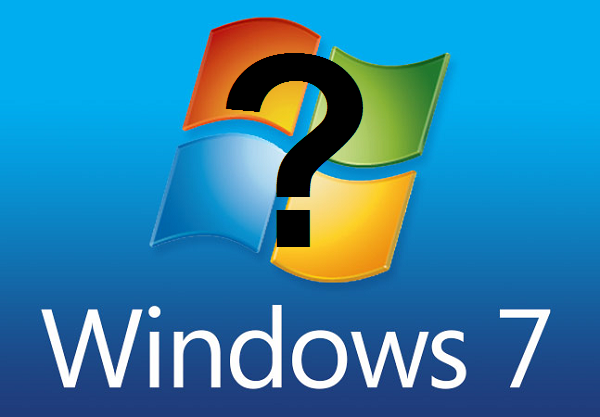Is Windows 7 no longer fit for business use?

In a recent post, one of Microsoft’s Worldwide divisions stated that its Windows 7 operating system is outdated and no longer fit for business use.
Despite the fact that regular security updates will continue to be provided until 2020, the company claims that Windows 7 lacks the kind of security features that are necessary to counter modern threats. The operating system, which will have been released eight years ago this summer, quickly proved to be popular with users when it provided a simpler and more efficient alternative to Windows Vista. It retained its popularity beyond the release of its successor, Windows 8, which provided a tablet user interface that lacked appeal for many.
Even though 400 million devices now run Windows’ latest operating system, Windows 10, the ever-popular Windows 7 is still being run on 48.34% of laptop and desktop devices – double that of Windows 10.
Microsoft ended basic support for Windows 7 two years ago. Since this time, the OS has suffered from higher running costs, a reduction in support for newer hardware accessories and downtime because of malware. The post suggests that there are dangers for business customers, in particular, that are still using Windows 7 because it is based on ‘long-outdated security architectures’.
Although security updates will continue to be issued for another three years, the post argues that this will not provide sufficient protection to keep up with the increasing security requirements we face today. As such, the post suggests that it is now time for businesses to move on from the much-loved Windows 7 operating system.
Many will probably be wondering whether this is little more than fear-mongering in attempt to accelerate Windows 10 adoption amongst businesses.
It is dubious that the post fails to acknowledge the fact that businesses typically invest a significant amount of time and money in layered security and standard operating environments, which together enhance the security of the operating system in use. But this is not to say that businesses shouldn’t be concerned.
One of the main reasons why many companies are yet to migrate to Windows 10, of course, pertains to the difficulty for so many in undertaking such a project.
Whilst there are a small number of companies that are now looking for alternative platforms, most are too heavily invested in Windows to drop its OS entirely and its Office software remains extremely popular with business and individual users alike. And whilst Windows 8 was unpopular with many, Windows 10 offers similar functionality and layout to Windows 7, making it much more appealing than its predecessor.
The main barrier to Windows 10 migration, then, is the scale of such a project. Moving to a new operating system is a lengthy and costly project for many companies. A major IT initiative such as this can be daunting for businesses, requiring substantial investment and pre-planning.
Internal business software compatibility remains a significant issue for many. And, due to its age, legacy infrastructure can cause critical compatibility issues which complicate the process of OS migration.
Significant effort is required, too, in moving legacy applications. In addition to these concerns, the cost of staff training must also be factored in. Whilst migration to Windows 10 will be easier, from an end-user perspective, for Windows 7 users than perhaps it would be for those migrating from Windows 8, there are likely to be enough differences to necessitate some form of staff training in most companies.
From our experience, there are occasions where Applications that are supported on Windows 7 are not necessarily supported on Windows 10. Application developers are now using this to encourage companies to move to cloud based solutions. You will need to check with Application Tech Support to ensure full Windows 10 compatibility before upgrading.
For those with a comprehensive security architecture in place, these latest assertions that Windows 7 is no longer fit for business use might seem a little overstated.
Three years may still seem a long way off. But, given the complicated nature of the process for many, now is arguably a good time to start putting plans in place for migration to a newer operating system. It is not unusual for the process to take a year and a half, and support for Windows 7 will end in January 2020. You only have to do the math to realise that the clock is ticking.
According to Microsoft, Windows 10 boasts a suit of security features that make it safer than older operating systems, including Windows Defender Advanced Threat Protection and the biometric security system, Windows Hello.
There is evidence to support the claim that Windows 10 is better equipped to protect against modern cyber threats. Just recently, it was revealed that two new zero day exploits that Microsoft had to patch in November for its older operating systems were ineffective on machines running the Anniversary Update of Windows 10.
There’s no denying that cyber threats are rapidly evolving. As such, sticking with an outdated operating system undoubtedly adds an unnecessary element of risk.
Businesses still running Windows 7 should begin the planning stages of migration soon, to ensure that their systems and sensitive data will be safe when support for the operating system ends in three years’ time.
With our range of IT support and consultancy services, Grant McGregor can take the hassle out of major IT projects. If you need advice or assistance with migration to a newer operating system, contact us today.




